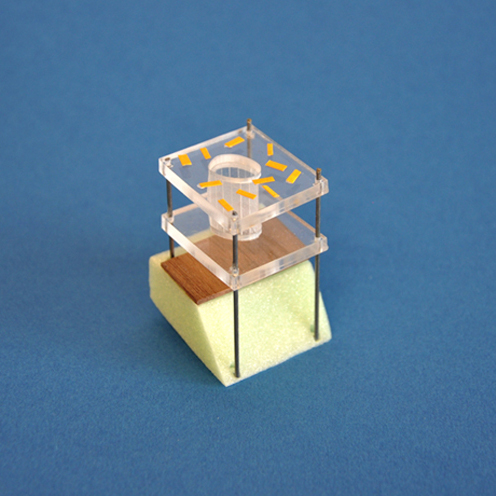(Visionary)
Synthetic Pleasure — Collective Elements of Everyday Pleasure
THESIS PROJECT
THESIS PROJECT



1 — 3
Architecture of Pleasure
This thesis investigates the idea of Synthetic Pleasure through a method of observing the world as a highly curated version of the everyday. The project is a self-reflective investigation to test how architecture migth engage the experience of everyday pleasure as a program. It centers on small things; feeling of a breeze on a hot afternoon; happening across a couple dancing the tango in the park, a string of lights swaying above, observing an accidentally beautiful arrangement of objects, or rain on a window pane.
Architecture as Collection
The design project introduces an artificial island that carefully locates a collection of architectural propositions in Auckland’s Hobson Bay. The experience of the island, a place a part, is to accentuate the sense of a contained and curated escape from the ordinary. On the island a collection of buildings, landscapeds, flora and sensations is loosely assembled. These moments are equal weight, there is no master plan, in this non-heirachical space you might meander as if outside of time.
Architecture of Formlessness
Using only a series of serpentine lines, Synthetic Pleasure speculates an amoebic island form to compose an architectural space of delicacy. This space is absent of orthogonal and denoting vitality. It is a space in harmony with surrounding nature through lyrical architectural composition.
Architectural Devices
As part of the design making process, various devices were developed in order to notate ideas. Taking pleasure in the everyday is a highly subjective undertaking. My personal instagram account has been used as a starting point. Instagram, as the name suggests, offers a framework for rapidly capturing and sharing such small pleasures. Other framing and viewing devices were also invented such as a matrix of small moments and sensations, used to generate a programmed, and the application of collage techniques as a mode of assembly.
This thesis investigates the idea of Synthetic Pleasure through a method of observing the world as a highly curated version of the everyday. The project is a self-reflective investigation to test how architecture migth engage the experience of everyday pleasure as a program. It centers on small things; feeling of a breeze on a hot afternoon; happening across a couple dancing the tango in the park, a string of lights swaying above, observing an accidentally beautiful arrangement of objects, or rain on a window pane.
Architecture as Collection
The design project introduces an artificial island that carefully locates a collection of architectural propositions in Auckland’s Hobson Bay. The experience of the island, a place a part, is to accentuate the sense of a contained and curated escape from the ordinary. On the island a collection of buildings, landscapeds, flora and sensations is loosely assembled. These moments are equal weight, there is no master plan, in this non-heirachical space you might meander as if outside of time.
Architecture of Formlessness
Using only a series of serpentine lines, Synthetic Pleasure speculates an amoebic island form to compose an architectural space of delicacy. This space is absent of orthogonal and denoting vitality. It is a space in harmony with surrounding nature through lyrical architectural composition.
Architectural Devices
As part of the design making process, various devices were developed in order to notate ideas. Taking pleasure in the everyday is a highly subjective undertaking. My personal instagram account has been used as a starting point. Instagram, as the name suggests, offers a framework for rapidly capturing and sharing such small pleasures. Other framing and viewing devices were also invented such as a matrix of small moments and sensations, used to generate a programmed, and the application of collage techniques as a mode of assembly.
 4
4 
7
